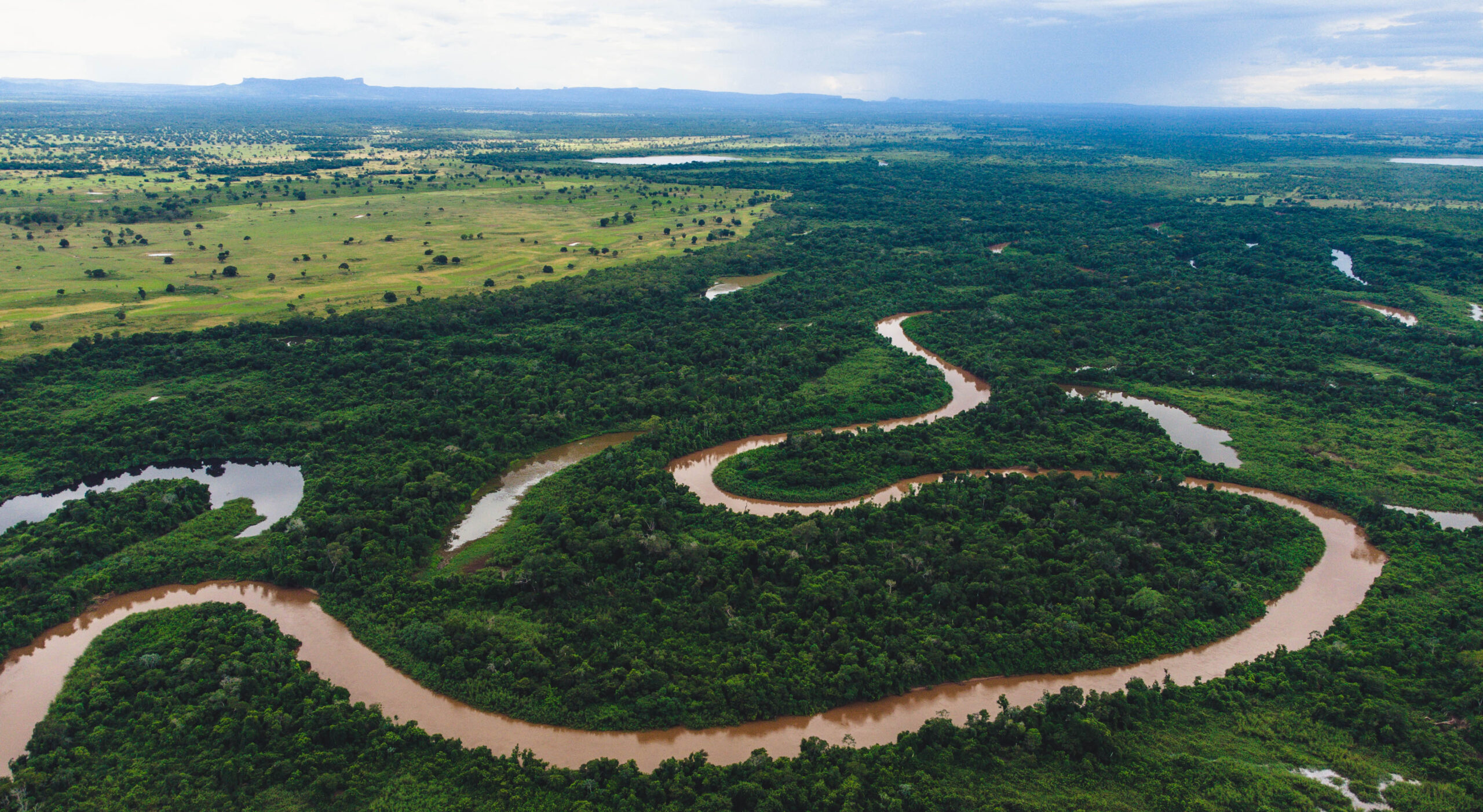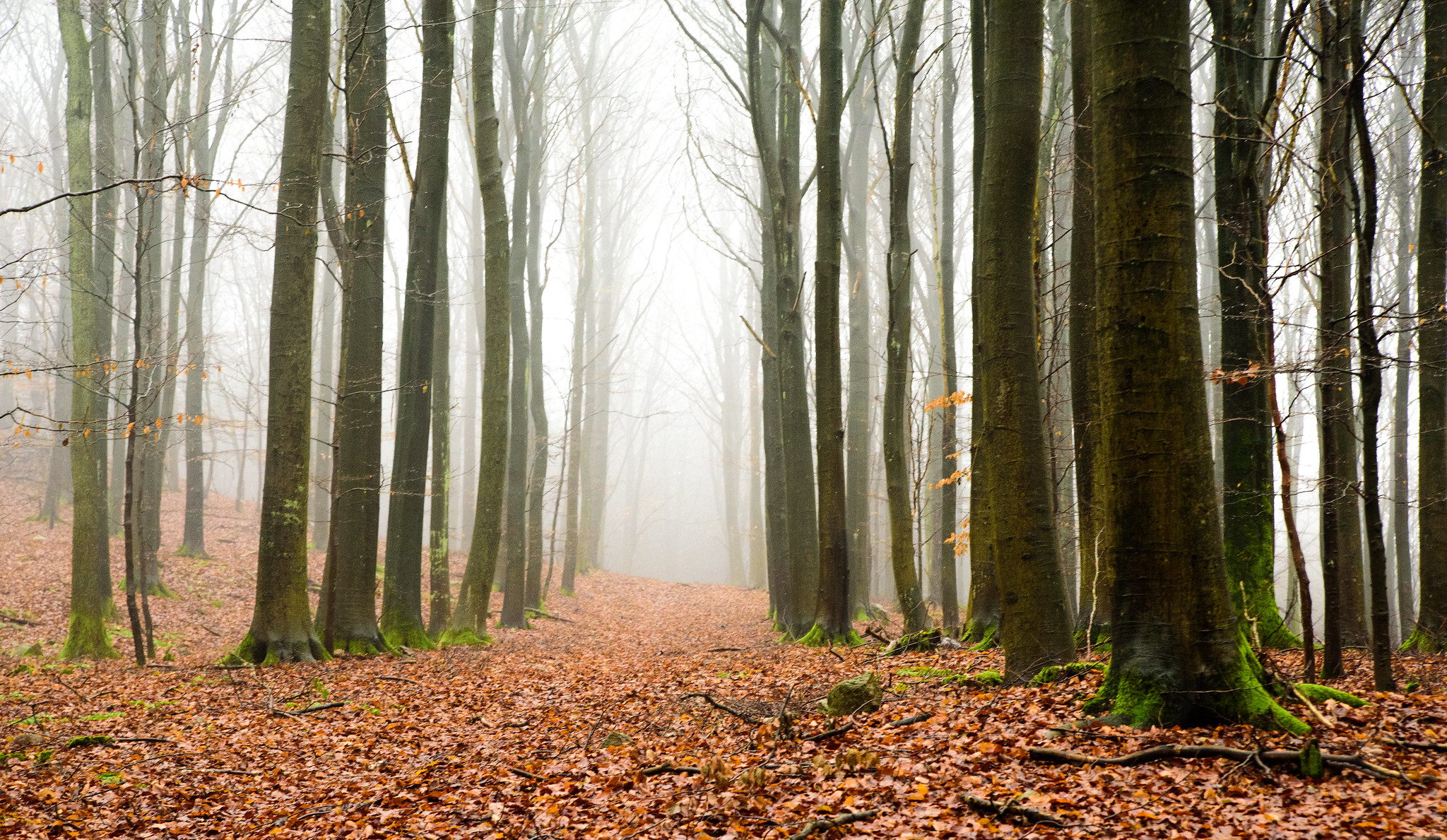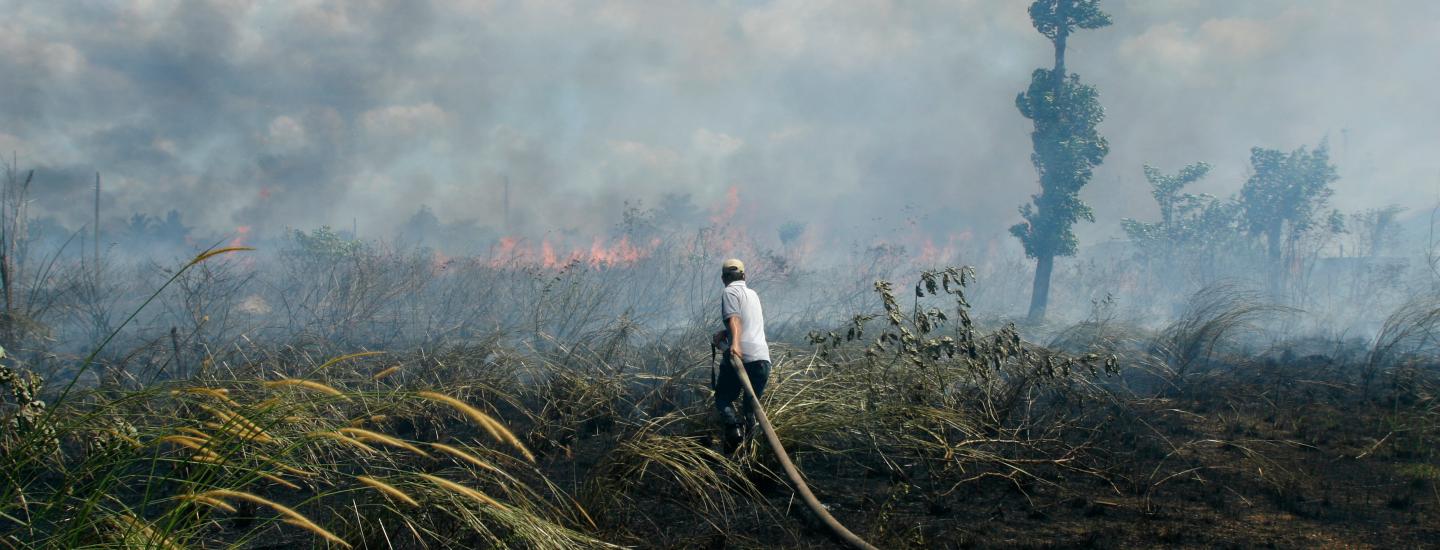- Insights
Brazilian Government Announces 29 Percent Rise in Deforestation in 2016
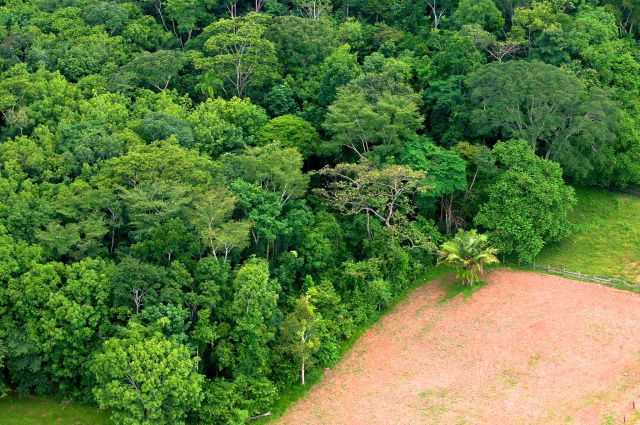
By Rachel Biderman and Ruth Nogueron
 An aerial shot shows the contrast between the forest and agricultural landscapes near Rio Branco, Acre, Brazil. Photo by Kate Evans/CIFOR.
An aerial shot shows the contrast between the forest and agricultural landscapes near Rio Branco, Acre, Brazil. Photo by Kate Evans/CIFOR.The Brazilian government announced an unforeseen increase in deforestation last week, at a time when the nation has been seeking to eliminate deforestation in the Amazon as part of its plan to stop climate change, conserve biodiversity and protect indigenous rights. Minister for the Environment Jose Sarney Filho announced a 29 percent increase in deforestation rates in 2016 compared to the previous year in the Brazilian Amazon. That is the equivalent to 7,989 square kilometers (4,964 square miles), or an area bigger than Connecticut. Experts attribute the sudden rise partly to illegal logging enabled by recent law enforcement leniency, the forest code reform and land speculation. Illegal logging remains widespread in Brazil and is often the cutting edge of broader forest degradation and deforestation. Illegal, unplanned conversion of forests to farms also remains a significant problem, in spite of efforts to curb deforestation associated with commodities such as beef and soy. An estimated 68 percent to 90 percent of the deforestation was illegal from 2000 and 2012. Environmentalists who publicize illegal deforestation do so at their peril. Since 2012, at least 150 have been killed for fighting against illegality in the region. Indigenous peoples are also at extreme risk, facing threats and invasion of their lands by illegal loggers. Who profits from illegality? Roughly 5 percent of Brazil’s gross domestic product came from the forest sector in 2012. The Brazilian government certainly loses revenue from illegal logging, which is not taxed. Forest companies following the laws also lose; with a price difference of up to 40 percent between legal and illegal wood, illicit logging outcompetes the legitimate market players.
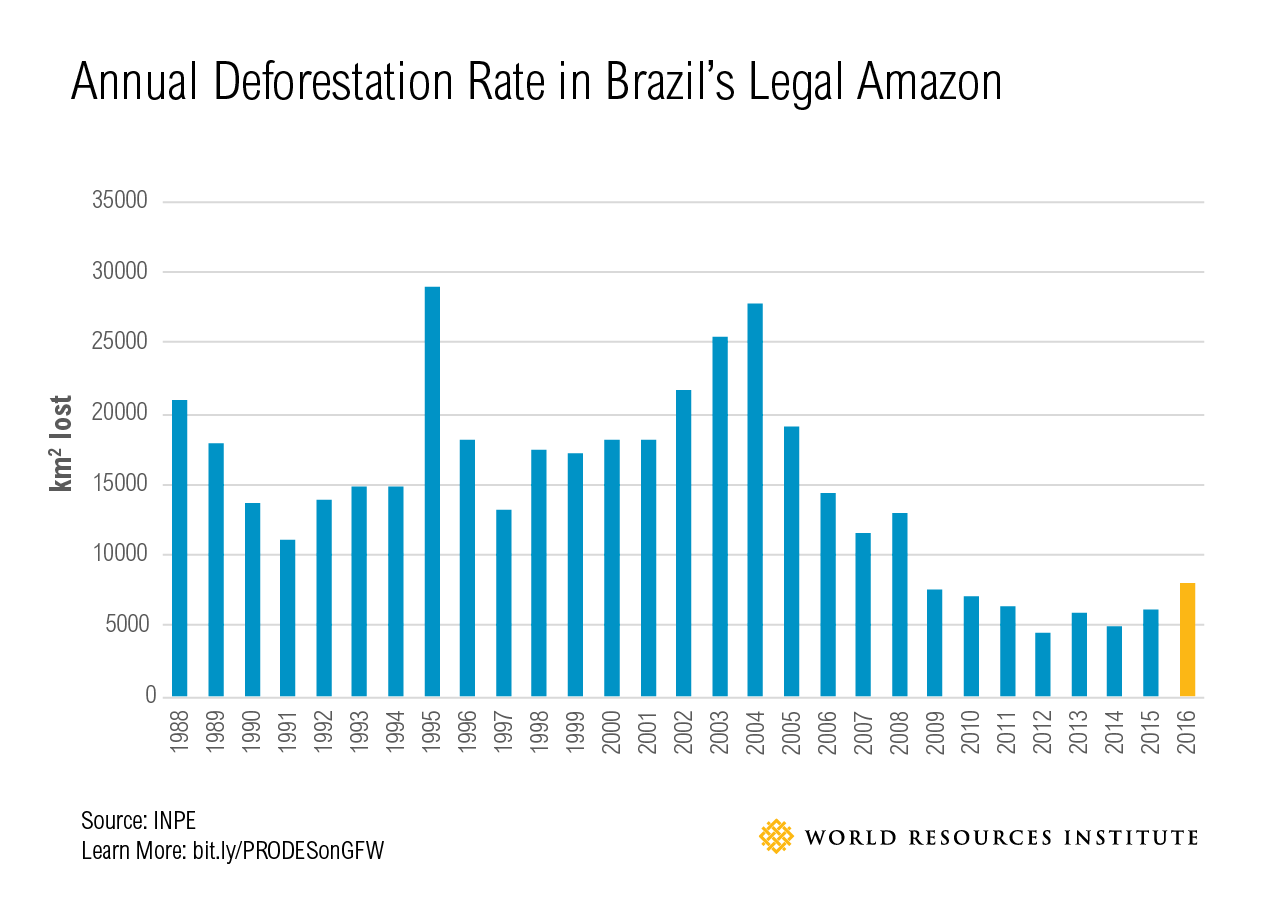
Although Brazil has celebrated the reduction of greenhouse gas emissions from Amazon deforestation for over a decade, now it is time to pay serious attention and invest in efforts to overcome such recurrent problems in the region.
- A combination of public and private money is needed to increase legal enforcement in the region. Increased training and more protection for law enforcement agents, as well as adequate resources for hiring, are also part of the solution.
- The media can play an important role, bringing public attention to law enforcement cases in the Amazon, which can help protect agents and shine a light on what is going on. WRI’s Global Forest Watch, a free online platform, allows journalists and the public to access maps of the government’s official PRODES data so they can see exactly where deforestation is taking place. Independent satellite monitoring systems also generate deforestation alerts for Brazil monthly (in the case of the SAD system) or even weekly (in the case of the GLAD system), and users can sign up to receive the alerts by email.
- In cities, domestic and international consumers can support law enforcement and comply with legal requirements by refusing to buy wood or forest product without proof that it was obtained legally. Online platforms such as the recently launched BVRio Environmental Timber Exchange can help buyers connect with suppliers and assess the risk of sourcing illegal timber in their products. This can also help companies comply with legality requirements such as the State of Sao Paulo’s public procurement policy (Cadmadeira), the U.S. Lacey Act and the European Timber Regulation.
- New technologies can improve law enforcement agents’ ability to identify timber species and strengthen forest products’ traceability to prevent illegal timber laundering.
- Since Brazil is promoting a strong effort to combat corruption within its political system, suing and jailing politicians and business leaders who have broken the law, focusing on the corruption and illegal activities in the Amazon would also make sense. Systems based in illegality hurt the environment, the economy and the people.
On the same day as the deforestation announcement, the government announced the implementation of the SICAR System, a national online public database that gives the location of mandatory conservation areas within each private property in Brazil, a key element for ensuring sustainable agriculture production. The good news about SICAR, which creates more transparency about land use in the country, was overshadowed by the serious increase in deforestation rates. Brazil also recently announced an ambitious pledge to restore 22 million hectares of degraded forests and agricultural land, which will also prove most successful if rules to protect forests are enforced. By stepping up enforcement, Brazil can move from the bad news about deforestation to the positive story they have to tell about legal land and forest reform.
